Oil on canvas signed lower left
Circa 1922
66 x 46 cm without frame
82 x 62 cm with the frame.
Etienne BOUCHAUD (1898 -1989)
Grandson of the painter Léon Bouchaud, he grew up revering Corot and Harpignies, in a family of artists with his three brothers, all painters. He attended the Académie Julian in 1916, the studio of Jean-Paul Laurens, then enrolled at the Académie Ranson with Maurice Denis, who gained a great ascendancy over him. The master is in his religious period. Étienne was enthusiastic, left for Italy and marveled at the great frescoes of the Quattrocento. Rich in these two teachings, he produced a certain number of works of a religious nature. Volunteering for Morocco, he left for an eighteen-month stay in the army in 1918. In 1920, he traveled through Morocco with his brother, the painter Jean Bouchaud, dressed as natives. He participated in the decoration of the Palace of Morocco and Algeria at the Colonial Exhibition of 1922 in Marseille The realization of decorative works for the colonial exhibition of Marseille in 1922 offered him the opportunity of a long stay in this city . The old port, the Canebière and their unique animation fascinate him. From the pier, he sees the boats leaving for these countries that attract him. He will return there regularly thereafter. It was during this period that our painting was painted. He meets Othon Friesz, makes a study trip to Marrakech, and obtains the 1925 Abd-el-Tif Prize, he is part of what will be called "the generation of the Môle" in Algiers where he paints the boys of the port and "reserved quarters". Friend of Jean Launois, he undertook with him and Corneau a trip to the south of France and joined Albert Marquet at La Goulette in Tunisia. A member of the Salon d'Automne, he regularly sends his paintings there as well as to the Salon des Indépendants and the Salon des Tuileries from Algeria. In 1962, a world comes to an end. The boats no longer leave, for him too Algeria is closed. He won't be going back there again. His swan song is a painting with a poignant memory, a tribute to the harki, preserved today in the museum of the thirties in Boulogne-Billancourt. Nostalgic for the Mediterranean world, "he lives in his work the love of nature and humanity, with humility, in a pure French naturalist tradition" (Elizabeth Cazenave). After 1962, he notably became an engraver (member of the Chalcographie du Louvre and founder of the Société de l'Estampe), and stayed in Perpignan and on the Costa Brava.
Etienne Bouchaud paintings are exposed in many museums :
Petit maître apprécié , ces tableau sont aujourd'hui conservés dans plusieurs musées:
-Musée d'art moderne de la ville de Paris
-Boulogne-Billancourt, musée des Années Trente
-Musée national des beaux-arts d'Alger
-Musée Mohammed VI d'art moderne et contemporain à Rabat
-Centre Pompidou à Paris




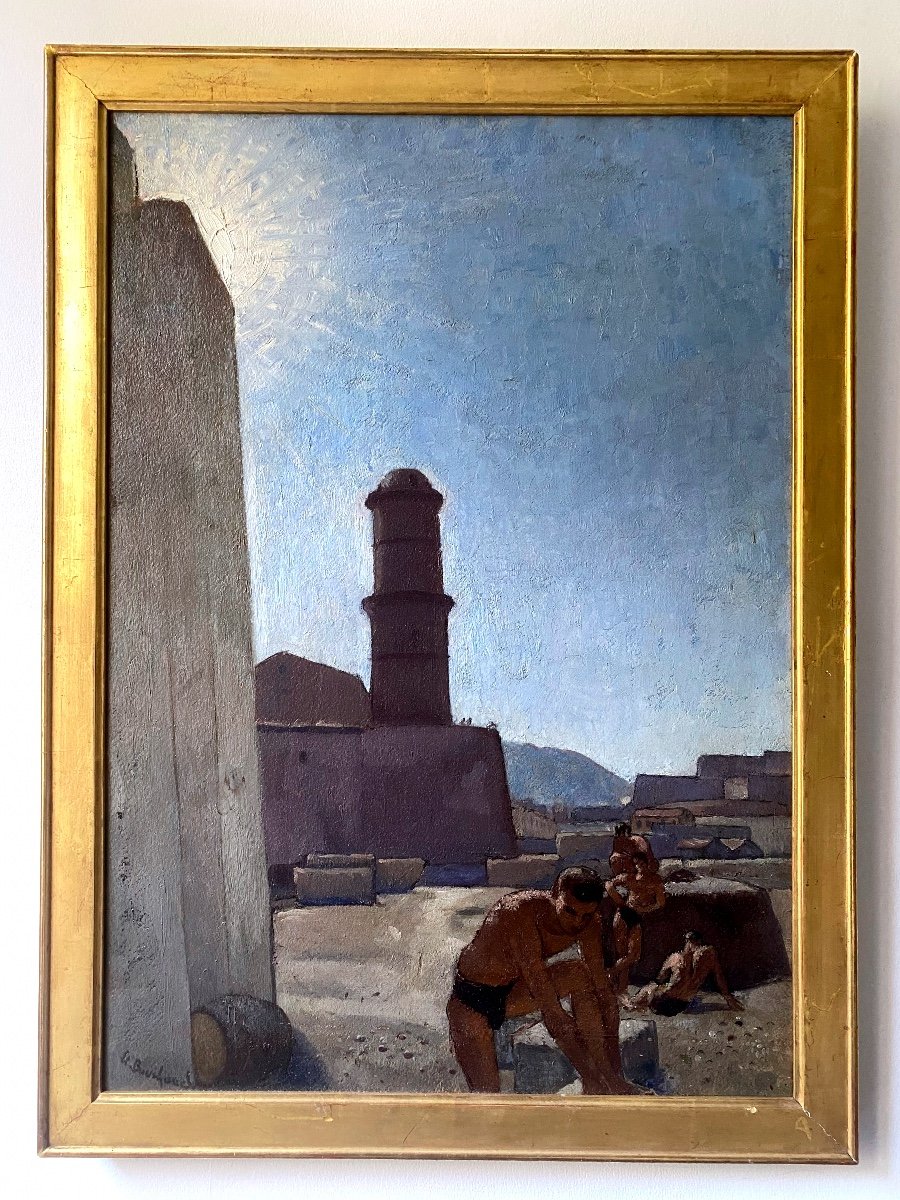



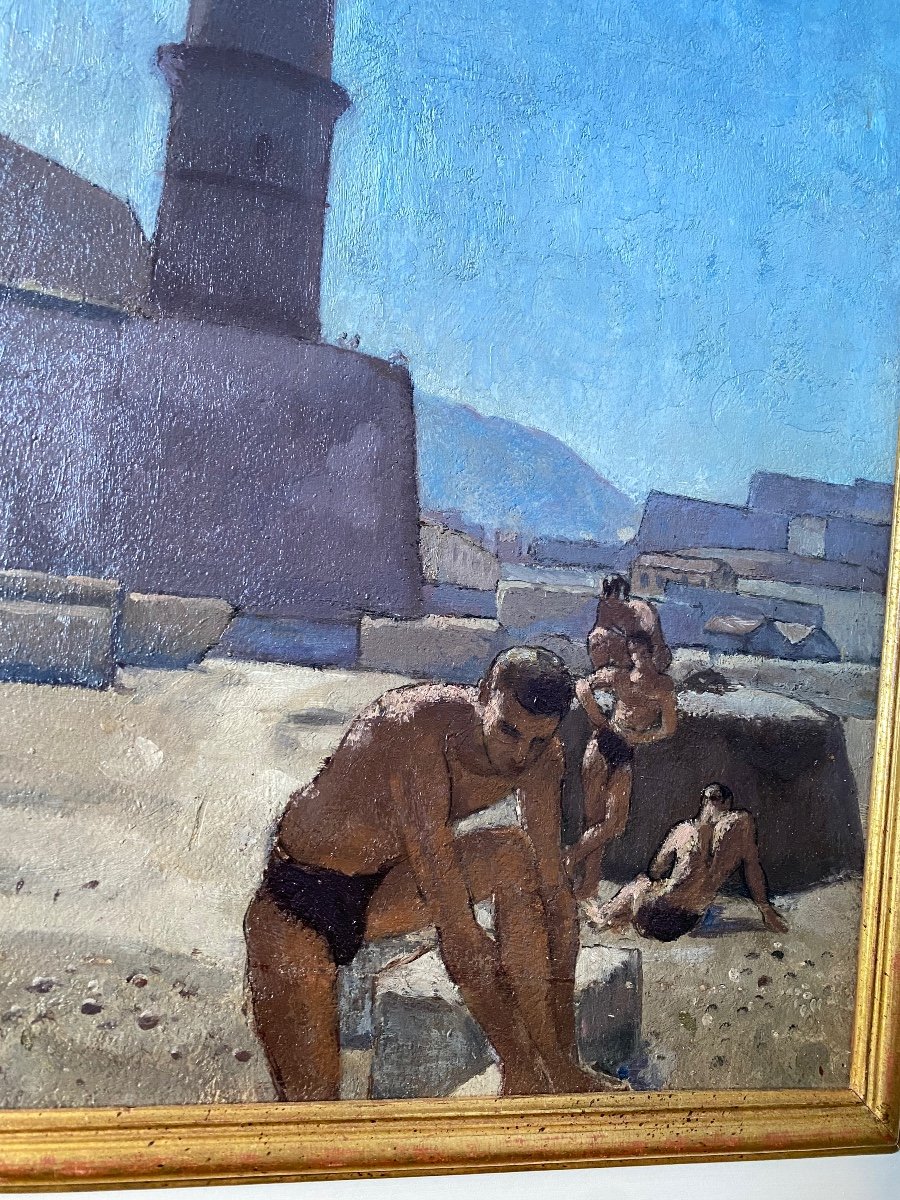









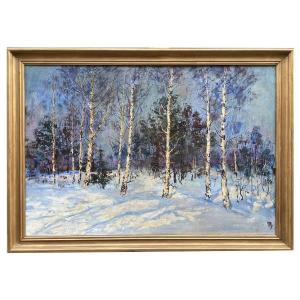

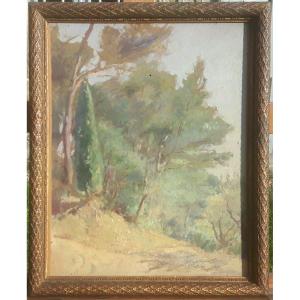


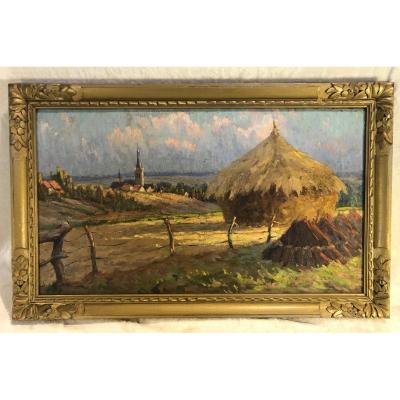



 Le Magazine de PROANTIC
Le Magazine de PROANTIC TRÉSORS Magazine
TRÉSORS Magazine Rivista Artiquariato
Rivista Artiquariato
